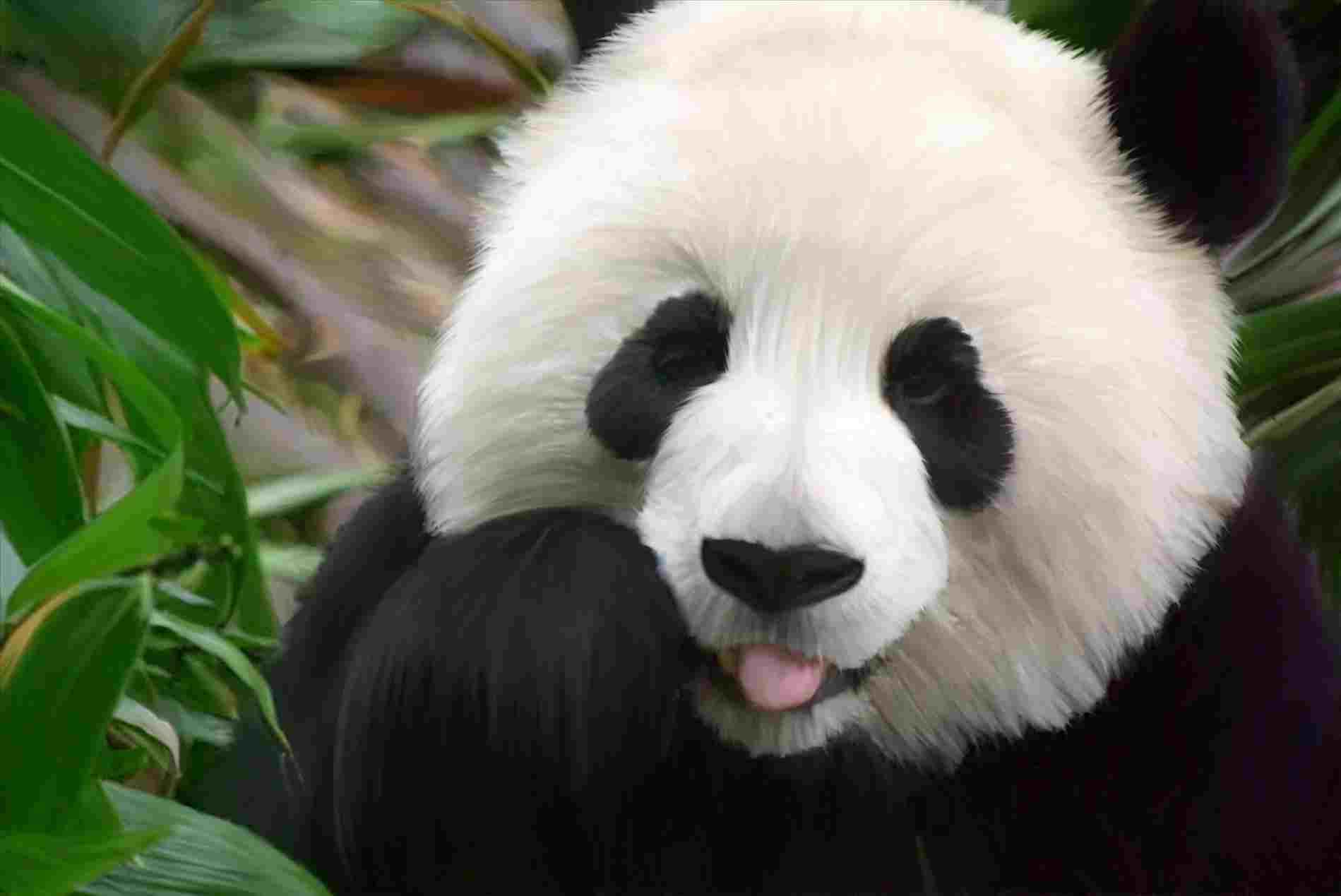
More recently DNA and molecular studies have yielded contradictory results-with some claiming the pandas are in no way related to each other, and others suggesting giant pandas are true bears. Publishing a description in his Recherches pour servir l’histoire naturelle des mammifčres, Milne-Edwards reclassified it accordingly as Ailuropus melanoleucus to reflect what he saw as at least a dotted line to the red panda. Milne-Edwards questioned the strange creature's classification, claiming the skull, teeth and claws made it more physiologically aligned with a certain red haired, bamboo-eating member of the raccoon family described 40 years before-though clearly having climbed a good way along its own evolutionary branch. Excited by his find, he began a correspondence with Alphonse Milne-Edwards, a French zoologist, to whom he sent a pelt and a skull for inspection. The locals called it a panda-it ate bamboo, after all-but Armand David disagreed, classifying it Ursus melanoleucus, or ‘black-white bear’. To Armand David it certainly resembled a bear, with its bulky, shambling gait and thick fur.
#PANDA BEARS SKIN#
“I believe it to be a new species, not only because of its skin color, but also because of the hair beneath its feet and other characteristics,” he wrote in his journal. It was a French missionary and naturalist named Père Armand David who, whilst roaming the Baoxing county in China's Sichuan Province, first brought the animal to western attention-in 1869, when he saw the shot carcass of a 'whitebear', as he called it. The plot thickens when we consider how the giant panda got its name. This dietary quirk and their shared habitat in moist, misty mountainous areas of China certainly gives the two pandas something to talk about.

Both animals eat bamboo, and have developed this physical trait geared to gripping those tubular stalks, a phenomenon of adaptation to a shared environment known as convergent evolution. These specially evolved front paws, each with an elongated wrist bone, allows the animals to manipulate the principle ingredient of their second common feature: diet. The giant panda's genus is Ailuropoda-which in this case means ‘cat-foot’, rather than simply ‘cat’.Īnd it's in the foot that these apparently dissimilar creatures share one of two fascinating common features: the ‘false thumb’, or modified sesamoid digit. While pandas both giant and red share a common name, given their obvious physical differences you might expect them to not share a scientific name. “They can be found in pairs at the time of their mating, and when cubs are accompanied by a mother.” Ang Phuri says the panda's name could have originated from another Nepali word, punde, which means ‘having white marks on their face,’ adding: “It is true in terms of etymology that red panda is the only ‘true’ panda.” “The red pandas are solitary and shy animals,” says Ang Phuri Sherpa, Nepal country director for conservation group The Red Panda Network. The animal was described by French zoologist Frédéric Cuvier in 1825, who added the scientific name Ailurus fulgens, literally, ‘shining cat.’ Not unforgivably, Cuvier judged the red panda as being a particularly anti-social member of the raccoon family. One thing is certain, however- it was applied to the red panda first. The word ‘panda’ has an ambiguous origin, but one theory is that it is from either the Nepali nigalya ponya (‘bamboo eater’) or paja (‘claw’). But is it simply a case of lazy name-calling? Not quite. Complete with a resplendent, ringed tail, cheese-wedge ears and pointed snout, the red panda is thoroughly cute-but in a way that's thoroughly unlike the other creature with which it shares the ‘p’ word. The giant panda looks like a black bear in a costume the red panda looks like a racoon that's gone rusty. The red panda, however, is roughly comparable to a weighty house cat. At a standing height of five to six feet and a weighing up to 250 pounds (113 kg), the giant panda-and its higher altitude, slightly slighter subspecies the Qinling panda-is roughly comparable to a stocky, weighty human. Or black and white?įirstly, the most obvious difference. Despite it actually being the creature most entitled to the name. But were you presented with a lineup and told to indicate the ‘panda’, one would stick out like a sore, rather red thumb.


There are in fact two distinct species that share this iconic title: the giant, and the red panda. But the infamously partner-picky, bamboo-chewing giant panda endemic to a sliver of China isn't the only creature to answer to the name. Say 'panda' and immediately your mind goes big, fluffy, rare-and monochrome.


 0 kommentar(er)
0 kommentar(er)
